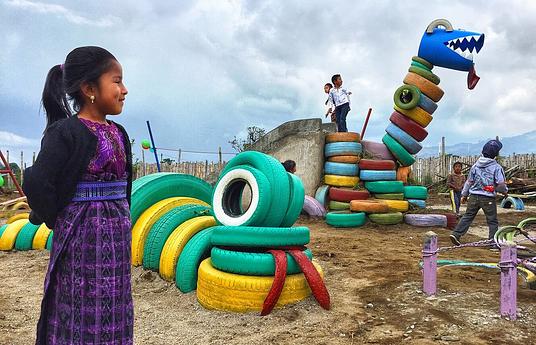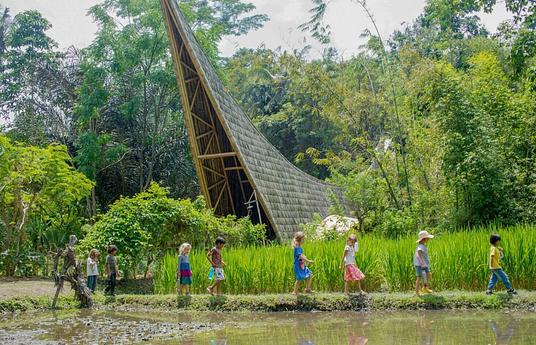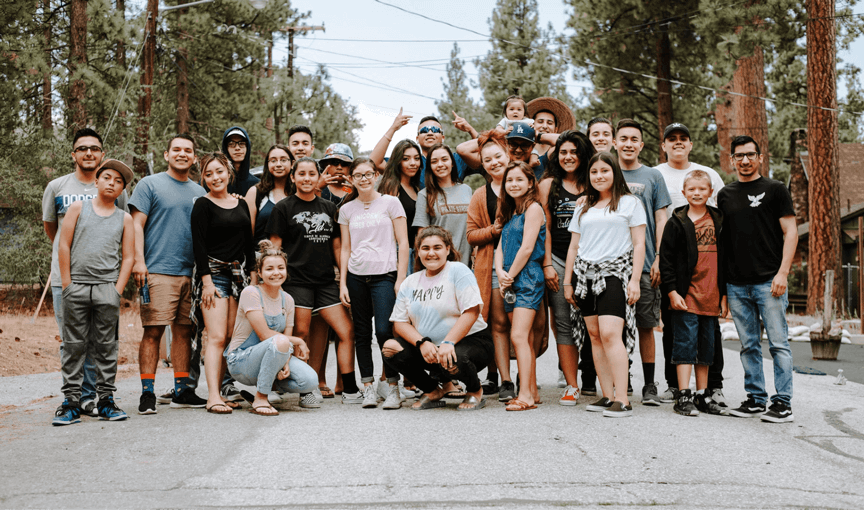We created the Sustainable STEAM+ Programme to nurture preschoolers into future-ready changemakers who care for the planet. Many early childhood programmes lack structured yet playful approaches to teach sustainability and STEAM. Our innovation bridges this gap through hands-on, inquiry-driven learning rooted in real-world environmental issues.
The programme uses our BRIGHT framework—Build Future Skills, Research through Inquiry, Inclusive & Experiential Learning, Grow with Creative Expression, Hands-on Exploration & Tinkering, and Technology for Tomorrow. Children engage in sustainability-themed modules (e.g., “Reduce, Reuse, Reinvent”) through storytelling, crafting with recycled materials, coding tech toys, and nature-based exploration. The Green Engineering Design Process helps them tackle real challenges such as reducing waste or saving water.
We offer thematic kits, educator guides, and facilitator training to support implementation. The activities are designed to be inclusive, low-cost, and adaptable for both urban and rural contexts, making them accessible to preschools globally. Community and parent involvement is also a key element, supporting home-school connections.
The programme has been piloted across preschools in Singapore through learning journeys, in-class workshops, and professional development for educators. It is embedded in Preschool Market’s outreach and curriculum support for schools. Collaborations with partners such as Sentosa, ECDA’s Start Small Dream Big movement, and environmental campaigns have amplified its reach.
We have also presented at early childhood conferences and shared the model with educators through webinars and social media. The modular nature of the programme allows customization across diverse contexts, supporting future regional expansion.
Interested schools or educators can reach out to us at ideas@preschoolmarket.com to request a starter kit or arrange a training workshop. We provide digital educator guides, learning modules, printable activity sheets, and facilitation support for implementation. Whether you're a teacher, a parent, or an NGO, we’ll help you adapt the programme for your learners and community.



